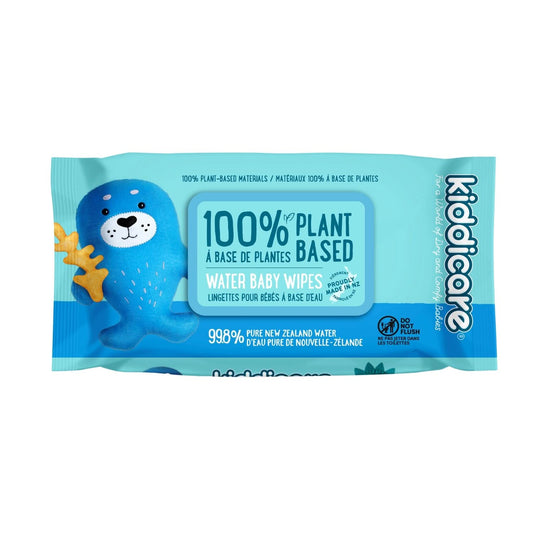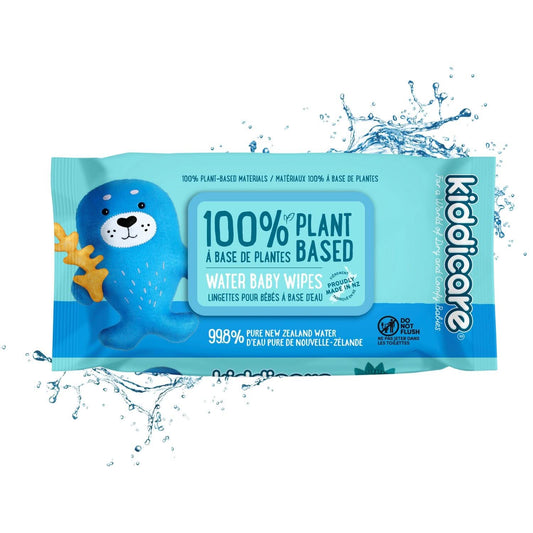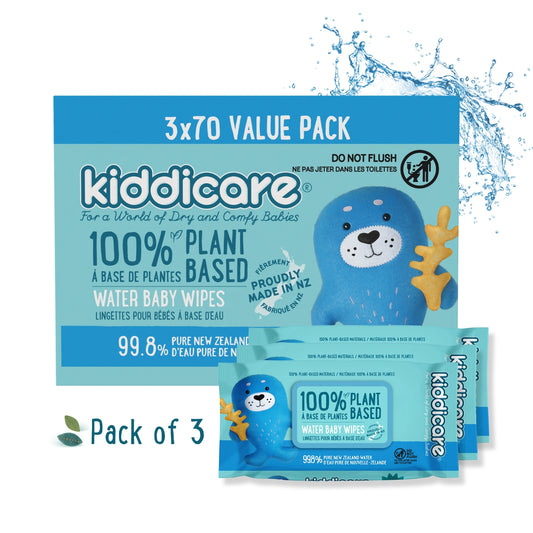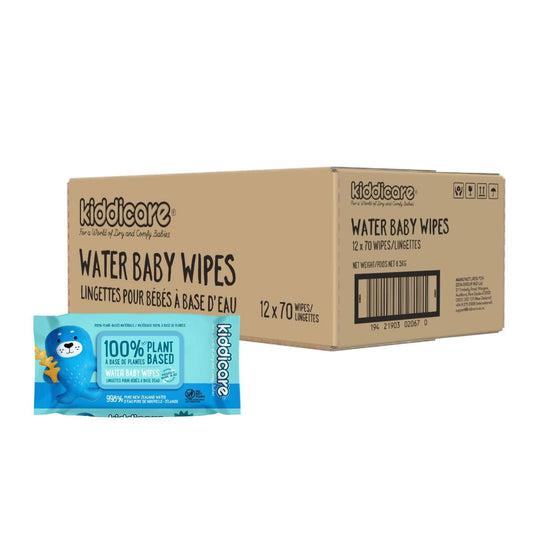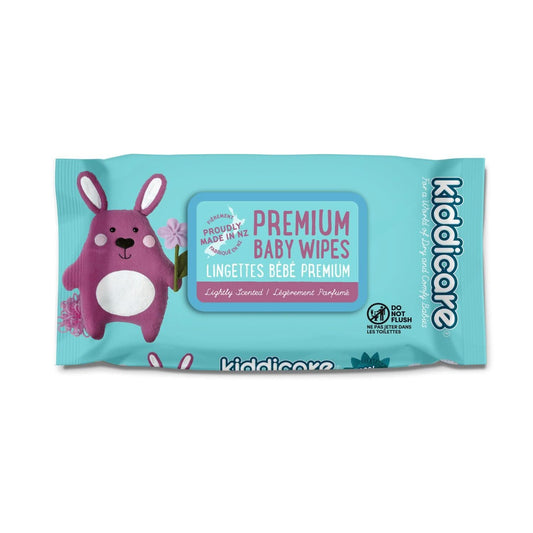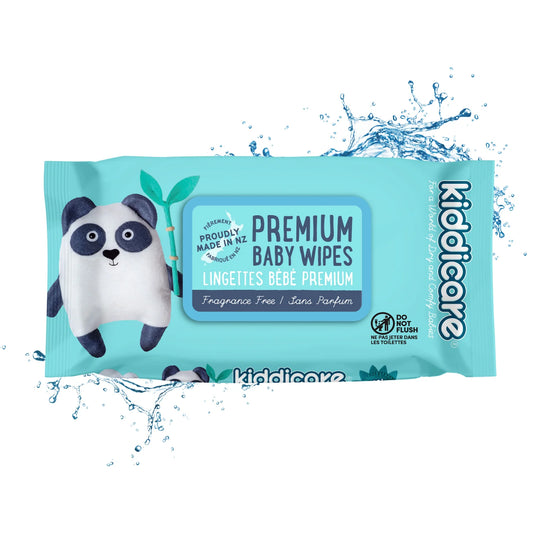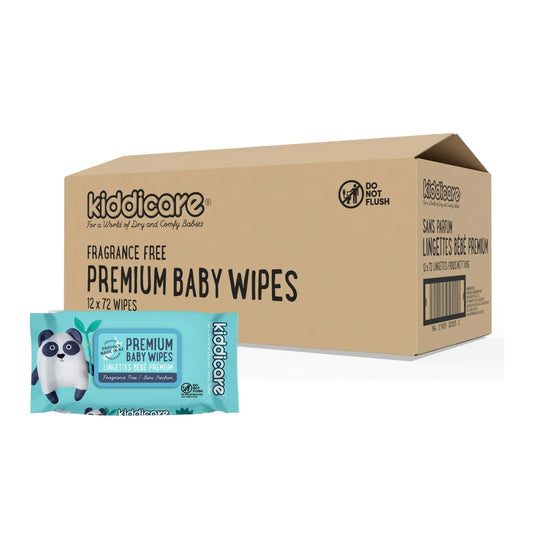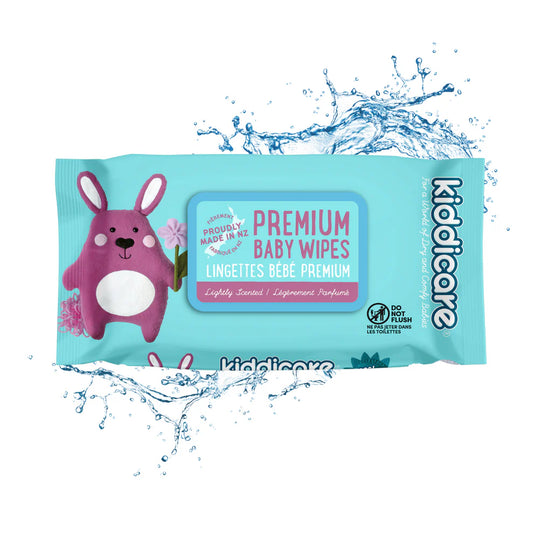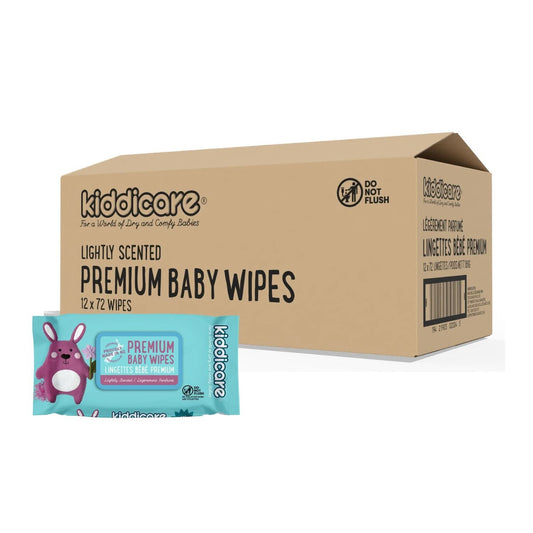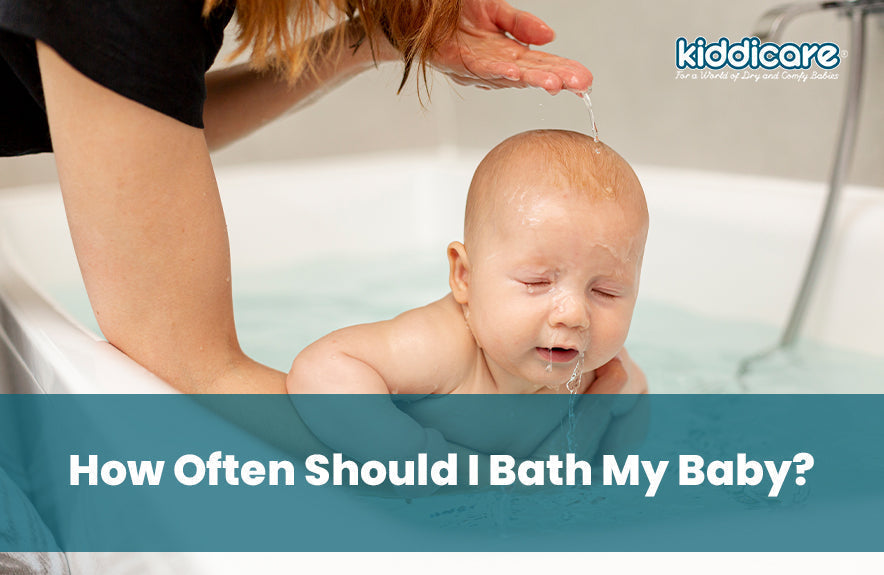
How Often Should I Bath My Baby?
Bathing your baby is one of the most cherished routines for parents. The warm water, gentle touch, and bonding moments make it special, but it can also bring up questions like how often should I bath my baby? The answer is not the same for every child. Factors like age, skin type, climate, and your baby's daily activities all affect the ideal bathing schedule. This comprehensive guide will cover everything you need to know about safe, effective, and enjoyable baby baths.
Why Bathing Your Baby Matters
Bathing is more than just hygiene. It provides numerous physical and emotional benefits:
- Maintains Healthy Skin: Regular baths remove dirt, sweat, milk residue, and dead skin cells without over-drying if done correctly.
- Prevents Rashes and Infections: Cleaning folds, creases, and diaper areas reduces the risk of diaper rash, fungal infections, and skin irritation.
- Supports Sleep and Routine: A warm bath before bedtime can calm your baby and prepare them for a better night's sleep.
- Enhances Bonding: Skin-to-skin contact and gentle touch during baths strengthen the parent-child bond.
- Encourages Sensory Development: Babies explore textures, temperature, and water movement, which contributes to sensory and cognitive growth.
How Often Should You Bath Your Baby?
The frequency of baths depends on your baby's age and lifestyle. Too many baths can dry the skin, while too few may result in discomfort and odour. Let's break it down by age:
Newborns (0–3 Months)
Newborn skin is incredibly delicate. The skin barrier is still developing, and excessive bathing can strip natural oils, leading to dryness or eczema.
Recommended Frequency: 2–3 times per week.
Tips for Newborn Baths:
- Sponge Baths Are Best: Until the umbilical cord stump falls off, use a sponge bath. Avoid immersing your newborn fully.
- Use Lukewarm Water: Water temperature should be around 37°C (98.6°F). Test with your elbow or a bath thermometer.
- Gentle Cleansing Only: Focus on the face, neck, hands, and diaper area. Mild, fragrance-free baby soap is enough.
- Short Duration: Limit baths to 5–10 minutes to prevent chilling or skin dryness.
- Pat Dry, Don't Rub: Use a soft towel and gently pat the baby's skin dry, especially in folds and creases.
Additional Considerations for Newborns:
- Avoid adding bath oils initially they can irritate sensitive skin.
- Keep the room warm to prevent hypothermia.
- If your baby has cradle cap or vernix (white coating), gentle washing is sufficient don't scrub aggressively.
Infants (3–12 Months)
By three months, babies are more alert and start to explore their surroundings. Their skin is still sensitive, but they may require more frequent baths depending on activity.
Recommended Frequency: Every other day or 2–3 times per week.
Tips for Infant Baths:
- Focus on Hygiene: Clean diaper area, folds, hands, and face thoroughly.
- Introduce Mild Baby Soap: Mild, tear-free baby cleansers can be used sparingly. Avoid full-body soap daily.
- Bath Time Routine: Make it fun with soft songs, gentle splashing, or a few bath toys.
- Moisturise Afterwards: Apply hypoallergenic baby lotion if the skin appears dry.
Why Less Frequent Baths Work for Infants:
- Babies aren't yet crawling or eating solids, so they don't get as dirty.
- Over-bathing may lead to dry, itchy skin.
- Gentle cleaning of key areas keeps your baby hygienic without disrupting natural oils.
Toddlers (1 Year and Older)
Once your child becomes mobile, crawling, walking, eating, and playing, dirt and sweat accumulation increase. Bathing can become part of their daily routine, but daily baths are not always necessary unless messy activities occur.
Recommended Frequency: 3–4 times per week, with flexibility for messy playdays.
Tips for Toddler Baths:
- Make It Enjoyable: Use bath toys, bubbles, and songs to encourage a positive experience.
- Bedtime Routine: A warm bath can signal bedtime and calm toddlers.
- Focus on Problem Areas: Clean the diaper area, hands, feet, and face thoroughly.
- Monitor Water Depth and Safety: Keep water shallow (2–3 inches) and never leave your toddler unattended.
Additional Notes:
- Toddlers often enjoy splashing, which helps sensory development.
- Encourage toddlers to help with washing, which promotes independence and motor skills.
Signs Your Baby May Need a Bath
Even if it's not a scheduled bath day, your baby might need cleaning under certain conditions:
- Sticky or dirty skin from spills, milk, or drool.
- Diaper leaks or rash.
- Sweat from overheating or outdoor activities.
- Skin irritation or foul odour.
Tip: Rather than forcing a full bath, a sponge wipe-down of hands, face, and diaper area may be sufficient.
Preparing for a Baby Bath
Preparation ensures a smooth, stress-free experience for both parent and baby.
Gather Supplies First
Before you start, have everything within reach:
- Soft towels and washcloths
- Baby soap or a gentle cleanser
- Clean diaper and clothes
- Baby lotion or oil, if needed
Reaching for items mid-bath increases risk and stress.
Ensure Proper Water Temperature
Water should be warm, around 37°C (98.6°F). Test with your elbow or a bath thermometer. Too hot or too cold can cause discomfort or burns.
Keep Bath Time Short
5–10 minutes is enough for newborns and infants, 10–15 minutes is fine for toddlers. Longer baths can dry the skin or tire out your baby.
Support Your Baby Safely
Always keep one hand on your baby. Use infant bath seats or non-slip mats to prevent accidents. Never leave your baby unattended, even for a moment.
Use Gentle Products
Avoid harsh soaps, fragrances, or adult products. Choose tear-free, hypoallergenic, and mild cleansers suitable for baby skin.
Common Mistakes to Avoid
- Over-bathing: Can strip natural oils and lead to dryness or eczema.
- Using Hot Water: May burn sensitive baby skin.
- Neglecting Moisturiser: Babies with dry skin benefit from post-bath hydration.
- Skipping Folds and Creases: Diaper area, neck, and behind ears require extra attention.
- Leaving Baby Unattended: Never leave your baby alone in water, even for a few seconds.
Benefits of a Bathing Routine
Establishing a consistent routine is beneficial beyond cleanliness:
- Promotes predictable sleep patterns
- Encourages sensory exploration and play
- Strengthens emotional connection between parent and child
- Teaches personal hygiene skills from a young age
Special Considerations
Dry or Sensitive Skin
- Limit baths to 2–3 times per week for newborns with eczema.
- Use fragrance-free cleansers and moisturise immediately after.
Diaper Rash
- Clean the diaper area with warm water and a gentle cloth.
- Avoid over-washing, which can worsen irritation.
Cold Weather
- Use sponge baths to avoid chilling.
- Keep the room temperature warm (24–26°C) and towels ready for wrapping immediately after the bath.
Step-by-Step Guide to Bathing Your Baby
- Prepare the Bath Area: Warm room, clean tub or sink, and supplies.
- Check Water Temperature: Lukewarm, 37°C.
- Undress Your Baby: Keep the diaper on until ready to clean the bottom.
- Start with Sponge or Full Bath: Support head and neck, gently wash with a soft cloth.
- Clean Thoroughly but Gently: Face, folds, hands, diaper area.
- Rinse Carefully: Avoid soap in eyes.
- Lift Out and Pat Dry: Pay attention to folds and creases.
- Apply Moisturiser or Oil: Optional for dry skin.
- Dress Baby Comfortably: Diaper and clean clothes.
- Bond and Enjoy: Talk, cuddle, and make it fun!
Summary
Bathing your baby is essential for hygiene, comfort, and bonding, but it's not about frequency alone.
- Newborns: 2–3 baths per week, sponge baths recommended.
- Infants: Every other day or as needed, focus on key areas.
- Toddlers: 3–4 times per week, daily if messy, part of bedtime routine.
Always prioritise gentle cleansing, proper water temperature, safety, and moisturization. With these tips, bath time becomes a relaxing, enjoyable, and developmental experience for both baby and parent.




